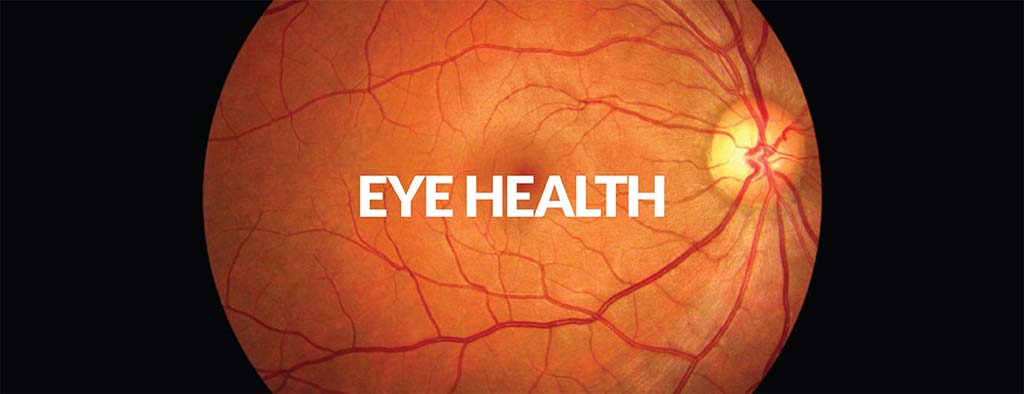Keratoconus: Symptoms and causes
Keratoconus (KC) is a progressive disorder in which the cornea (the front surface of the eye) becomes irregular in shape, protruding forward like a cone. It usually manifests in adolescence. This results in blurred, distorted vision, haloes around lights, ghosting and double vision. In mild cases, these symptoms can be adequately corrected with spectacles. However, as the condition progresses, adequate vision correction can only be achieved with speciality contact lenses know has rigid gas permeable (RGP) lenses (see speciality contact lenses below).
Recent data suggests that Keratoconus is more prevalent than once thought, occurring in as high as 1 in 750 people worldwide. The exact cause remains unknown, but it is thought to be caused by a combination of genetic and environmental factors. However, only 10% of those with keratoconus have an affected family member. Associations with other conditions exist, but the most common, atopy (the genetic tendency to develop allergies) is present in 35% of patients with Keratoconus. This association is thought to be linked via persistent eye rubbing, a well documented risk factor.
In progressive cases, collagen cross linking (CXL) can be performed in an attempt to reduce the risk of requiring a corneal transplant. CXL involves the use of Riboflavin (Vitamin B2) eye drops which are then exposed to UV light. This strengthens the bonds within the cornea and reduces the risk of further progression.
More on Speciality Contact Lenses
There are different types of speciality RGP contact lenses which are manufactured specifically for patients with Keratoconus. Your Optometrist, based on a multiplicity of factors, will determine which lens is best suited to you. A correctly fit lens is critical in achieving good vision and comfort and even more critical in maintaining the integrity of the cornea. Since no two patients with Keratoconus are the same, these lenses are custom made specifically to match an individual’s cornea. This is achieved, initially, by high precision mapping of the corneal curvature, known as corneal topography

